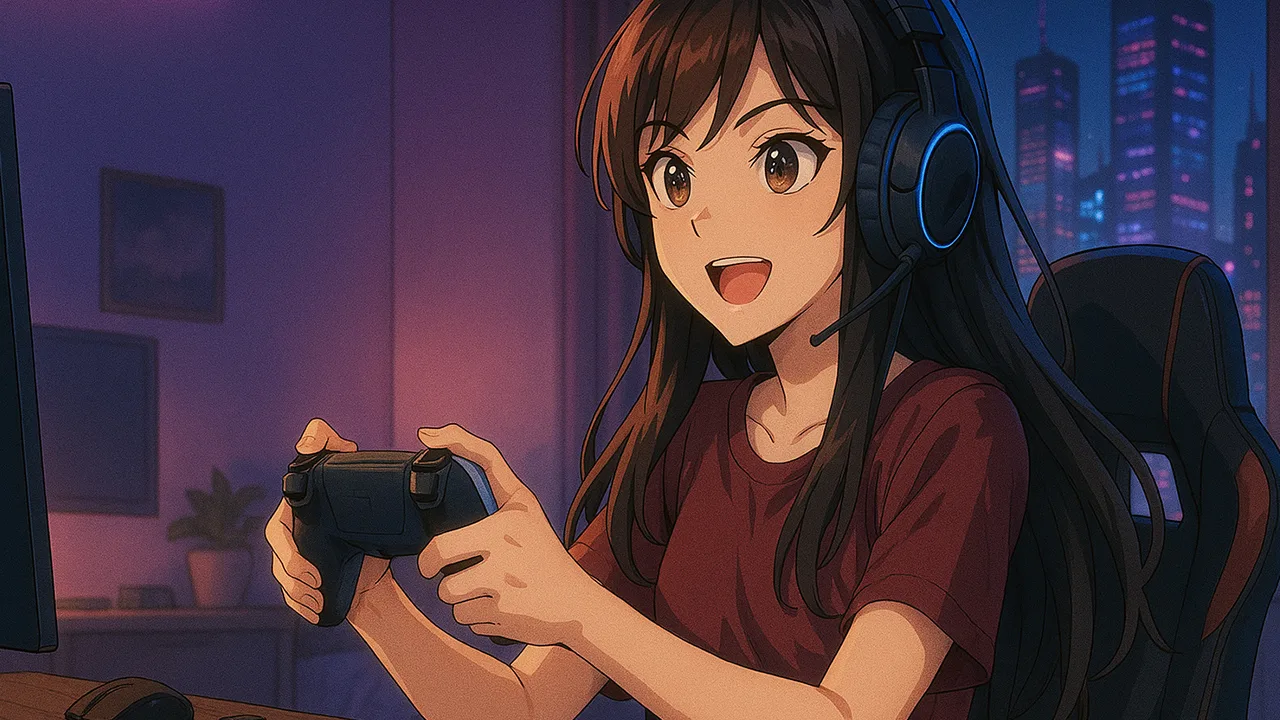" Bac bo jogo" may not be the term most associated with the digital gaming universe, but it reminds us how games of chance and skill share a space that has long been considered masculine. However, the most recent statistics reveal a different picture: women now represent 51% of gamers in Brazil, according to the 2022 Game Brasil . This data alone dispels any stereotypes about who actually plays.
Women dominate the mobile space, with 60% of gamers preferring smartphones as their primary platform. But it doesn't stop there—on computers, women account for 41.1%, while on consoles, it reaches 36.1%. This shows that, despite a history of exclusion, women are occupying every available space.

On the other hand, in electronic sports—known as e-sports—the female presence remains modest. This isn't due to a lack of skill, but rather to cultural and structural barriers that still limit women's access and continued presence in these highly competitive environments. Fortunately, this scenario is changing, driven by female figures who are excelling professionally and by initiatives that seek to create safer and more egalitarian spaces.
Beyond the Pixels: Prejudice, Harassment, and Resistance Against Women in Gaming
Childhood shapes many of our interests, and video games are no exception. For years, the industry fueled the myth that these products were "for boys." This directly impacted access: only 16% of women owned a PlayStation as children, compared to 29% of men. The difference lies not only in access, but also in how genders relate to games from an early age.
This gap persists into adulthood. Only 25% of women identify as gamers, a figure far lower than the 42% of men. Furthermore, to escape harassment and hostility, many female gamers adopt masculine or gender-neutral nicknames online—a self-defense tactic that highlights how toxic the gaming community can be for those who don't fit the "standard."

The hostility doesn't stop there. More than 30% of women report having been the target of misogynistic comments, sexual harassment, or verbal abuse while playing. An environment that should be one of leisure, fun, and fair competition ends up becoming a minefield for women.
One of the most notable forms of resistance is the growth of movements that combat these inequalities. The #MyGameMyName , for example, gave a voice to women who face sexism in the gaming world on a daily basis. This issue, in fact, is closely related to topics covered on the 777Bet.io blog .
Even in the face of adversity, women continue to play, create content, win championships, and inspire other girls. This isn't just about gaming; it's about occupying spaces and demanding respect where it's always been denied. And every player who doesn't remain silent, who continues participating, contributes to transforming this landscape.
They play, they lead
In a scene long dominated by men, more and more women are making their mark—and with authority. Names like Scarlett, StarCraft 2 champion with over $434,000 in prize money, are a slap in the face to those who still think gaming is a male domain. Scarlett started out in women's leagues and today ranks among the most respected names in international esports.
In Brazil, the impact is equally notable. Teca, for example, was not only the first Brazilian eFootball world champion, but also paved the way for other women in the digital soccer gaming scene. And it doesn't stop there: Sher, known as Transcurecer, was a pioneer by becoming the first trans woman signed to a professional esports team, in addition to creating the Rebecca Heineman Cup for trans and non-binary players.

There are also figures like Mayumi, a former League of Legends player who now has over 350,000 followers on Twitch, and Gab, a Rainbow Six star in Brazil. Both are examples of talent and consistency, demonstrating that there's no such thing as a "feminine style" of playing—there's just a well-played game, period.
And anyone who thinks they're limited to niches is mistaken. Mii Esquierdo, a LOUD streamer , has millions of followers and plays games like Free Fire and Fortnite. Liooon and Mystik represent female power in Hearthstone and several other titles, sending a clear message: they play, and they win.
To represent is to resist
When it comes to video games, female representation isn't just a matter of image. It's about seeing yourself in a space where, for decades, female presence has been erased or reduced to stereotypes. A recent study revealed that women react more uncomfortable to the sexualization of characters than men—and there's a reason for this.
While 61% of men said they were more interested in games with sexualized covers, only 39% of women shared this enthusiasm. For them, seeing a character in combat-appropriate clothing and with a narrative protagonism makes much more sense than a cover that highlights the body for visual appeal.
Even so, many female gamers still value the fact that there's a female character, even if poorly represented. This desire for identification is so strong that it partly outweighs their discomfort with the way the character is presented. This reveals how representation matters—a lot.
However, beyond the visual aspect, there's a deeper cognitive impact: from an early age, girls are less encouraged to play strategy or action games, which help develop logical reasoning. This can even affect their interest in careers in science and technology in the future. Ultimately, this is a disparity that begins in games but resonates far beyond the screen.

